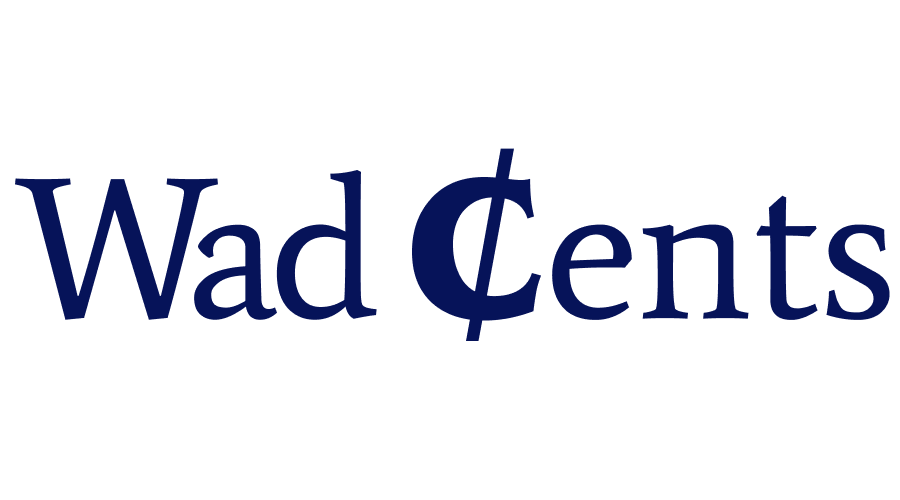A rollover IRA is a type of Individual Retirement Account (IRA) that holds funds transferred from an employer-sponsored retirement plan such as a 401(k) and 403(b) when you change jobs or retire.
When done the right way, an IRA rollover maintains the tax-deferred status of 401(k) assets. You will also get more control over your investments since IRAs offer a wider pool of investment options compared to a 401(k) plan. Rollover IRAs are subject to the same contribution and distribution limits that apply to traditional IRAs.
Keep reading to know what is a rollover IRA and how it works.
How does a Rollover IRA work?
A rollover IRA allows you to transfer funds from an employer-sponsored retirement plan such as 401(k) into an IRA without triggering income taxes and penalties. Here is what to know about a rollover IRA:
Eligibility
Once you leave your job or retire, you will be eligible to roll over your 401(k) or other employer-sponsored retirement plan into a rollover IRA. You can also transfer an IRA to a rollover IRA.
Choose IRA provider
You will need to pick an IRA provider such as a bank, brokerage, or other financial institution where you will open a rollover IRA account. You should compare the fees charged and investment options offered to decide which IRA provider offers the best deal.
Rollover
With a rollover IRA opened, you should contact your former employer’s plan administrator to initiate the rollover. You will be required to fill out some paperwork to authorize the transfer of funds from your old 401(k) to your new retirement plan.
When requesting a rollover, you will have a choice between a direct rollover and an indirect rollover. With a direct rollover, funds will be transferred directly from your former employer’s plan to the rollover IRA. However, with an indirect rollover, you can receive a check with your 401(k) money, and you must deposit the money in a rollover IRA within 60 days to avoid taxes and penalties.
Investment options
Once your funds are transferred to a rollover IRA, you will have a wider range of investment options to invest in, including stocks, mutual funds, bonds, exchange-traded funds, etc, which may meet your risk tolerance and retirement goals. Choose investment options with the lowest fees and higher returns.
Is a rollover IRA a traditional IRA?
A rollover IRA can be a traditional IRA, but it can also be a Roth IRA. When you roll over from an employer-sponsored retirement plan into an IRA, the resulting account is known as a rollover IRA.
A traditional IRA is used for pre-tax retirement assets since the rollover funds will maintain their tax-deferred status, and you won’t owe income taxes on the rollover. However, if you roll over pre-tax assets held in a 401(k) or 403(b) into a Roth IRA, you will owe income taxes on the rollover.
Rollover IRAs and Traditional IRAs share the same rules on withdrawals, required minimum distributions, and Roth IRA conversion, but they vary in terms of how they are funded. A rollover IRA is funded with money rolled over from a qualified retirement plan like a 401(k) or 403(b) while a traditional IRA is funded by direct contributions from the account holder and is subject to an annual contribution limit. For a rollover IRA, you can roll over as much money as you want into the rollover IRA.
Can I contribute to a rollover IRA?
Yes. You will be allowed to contribute to a rollover IRA up to the annual contribution limit. For 2024, you can contribute up to $7,000 to an IRA, an additional $1,000 for a total of $8,000 if you are age 50 or older.
In the year when you roll over funds into your rollover funds, you will still be able to contribute additional funds to the account. The rollover counts separately from your annual IRA contribution limit, so you will still be able to contribute additional funds up to the allowable contribution limit.
Can I withdraw money from a rollover IRA?
You can withdraw money from a rollover IRA, and it is subject to the same withdrawal rules as a traditional IRA.
Generally, withdrawals from a rollover IRA are subject to income taxes, and the distributions you take will be added to your taxable income for the year in which the withdrawal is made. If you make a withdrawal before age 59 ½, you will be subject to an additional 10% early withdrawal penalty, unless in certain limited circumstances like qualified hardship withdrawals.
Once you reach age 72 (73 if you reach 72 in 2023 or later), you will be required to start taking the required minimum distributions (RMDs) from your rollover IRA. If you delay in taking the RMDs, the IRS will levy a penalty equal to 50% of the RMDs not taken.
Benefits of a rollover IRA
IRAs provide greater flexibility compared to employer-sponsored plans like 401(k)s, and they offer various benefits. Here are some key benefits of a rollover IRA:
Tax savings
When you roll over funds from a traditional 401(k) to a rollover IRA, your funds will maintain their tax-deferred status, and you won’t owe income taxes or penalties on the transaction. Your money will continue benefiting from tax-deferred growth until when you decide to start taking withdrawals from the account.
Penalty-free withdrawals
A rollover IRA allows you to make penalty-free withdrawals if you have a qualifying financial hardship. Some of the eligible financial hardships include first-time home purchases, college expenses, medical expenses, etc. You will still owe income taxes on the withdrawals.
A wider pool of investment options
A rollover IRA offers a wider range of investment options, including stocks, mutual funds, bonds, index funds, exchange-traded funds, etc. This means you will have more choices, and you can invest in some of the best funds with a long history of stable returns to ensure steady growth over the years.
The IRA is not tied to an employer
A rollover IRA belongs to you- it is not tied to any employer. This means that you can keep the account for as long as you want even if you change jobs. You will be able to consolidate all your old 401(k)s so that you only have one retirement account to think of.
What are the disadvantages of a rollover IRA?
No loan option
If you run into a financial emergency, you can get a quick 401(k) loan against your 401(k) savings, usually up to $50,000. Once you roll over 401(k) into a rollover IRA, you will lose this loan benefit, since IRAs don’t allow plan loans.
Decrease in creditor protection
Your 401(k) money is protected from creditors in the event your company declares bankruptcy or goes out of business. Also, your 401(k) money is protected from legal claims if you owe creditors. However, IRAs do not enjoy the same level of creditor protection, since each state has different laws.
Bottom line
When you retire or leave your job, you will need to decide on what to do with your 401(k). Rolling over to a rollover IRA may be one of the best options since you get to maintain the tax-deferred status of your money, and you will have a wider pool of investment options.
You can consolidate all your old 401(k)s into one rollover IRA for easier management, and there is no limit on the amount you can rollover. When opening a rollover IRA, you should compare plan fees and investment options to decide which provider offers the best rollover IRA.


